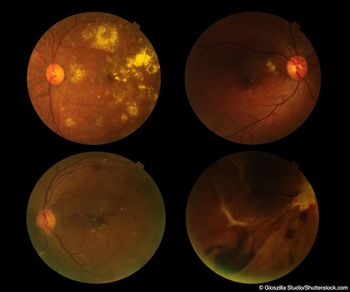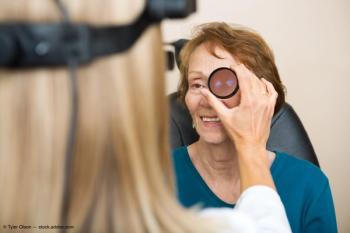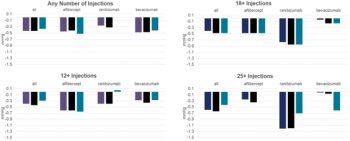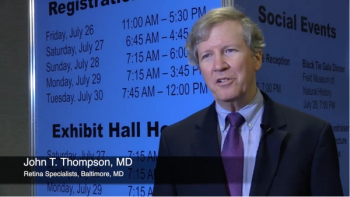
ICYMI: ASRS-developed program aims to support physicians with confidential comparisons
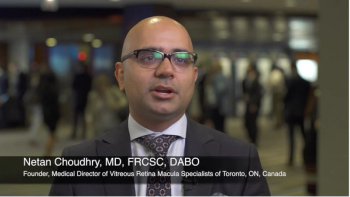
Defining medicine and terms used can help move science forward

Researchers seeking fluid features, retinal integrity measures to test next step in image analysis and image interrogation in clinical trials.
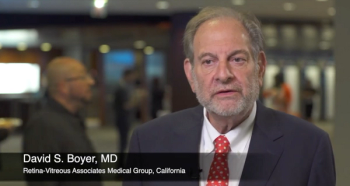
David S. Boyer, MD, notes that the goal is to dry every patient out, with undertreatment the leading cause of a loss of visual acuity.
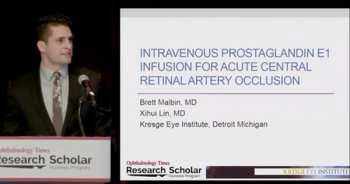
The study finds that treatment resulted in a significant visual improvement.

‘From the Bench to Bedside and Back’ is focal point for this year’s conference
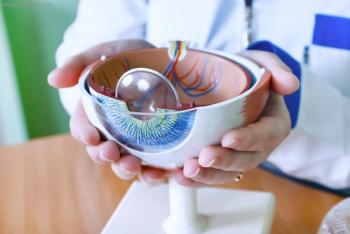
Inhibition plays role in autoimmune-based inflammation; has unique mechanism of action

Group of researchers aim to validate both approaches in proof-of-concept study

One biologic response modifier has indication for uveitis; several in development to gain FDA approval

Fifteen fellows, residents showed just why research in retina is on the cutting edge
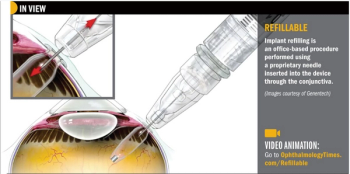
Investigators optimistic about sustained-release ranibizumab delivery based on phase II LADDER study
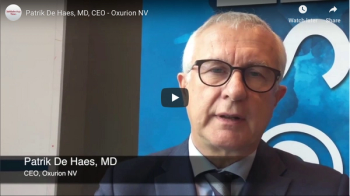
Patrik De Haes, MD, CEO of Oxurion NV, shares the latest updates in clinical studies at the OIS@AAO meeting in Chicago, Oct. 2018.

Novel local corticosteroid therapy shows positive efficacy signals, favorable safety profile says Rahul Khurana, MD.

Patients tolerate therapy well; high safety profile allows re-treatment as necessary

Research finds limited publications and dearth of information about side effects

Combination therapy benefits from laser in the mix for DME, other conditions


Sunir J. Garg, MD, discusses hypersonic vitrector settings in surgery in the exhibition hall at ASRS 2018 in Vancouver.

When used one week after injection, optical coherence tomography angiography can help clinicians determine how effective their treatment has been on neovascular membrane reperfusion.


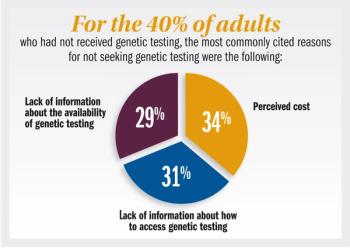


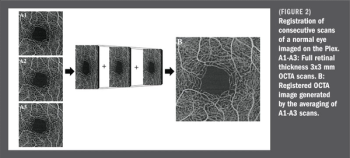
Study aims to identify methodology for least amount of variation, greatest test-retest reliability
